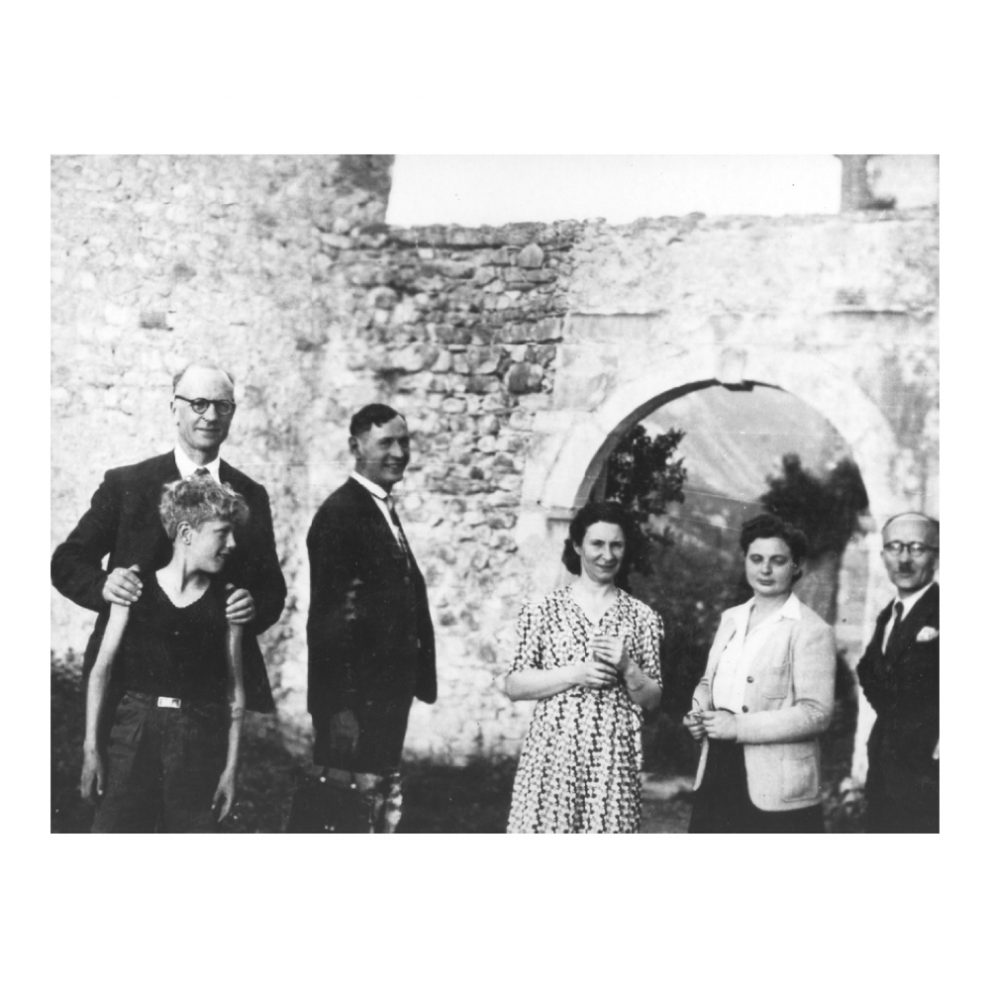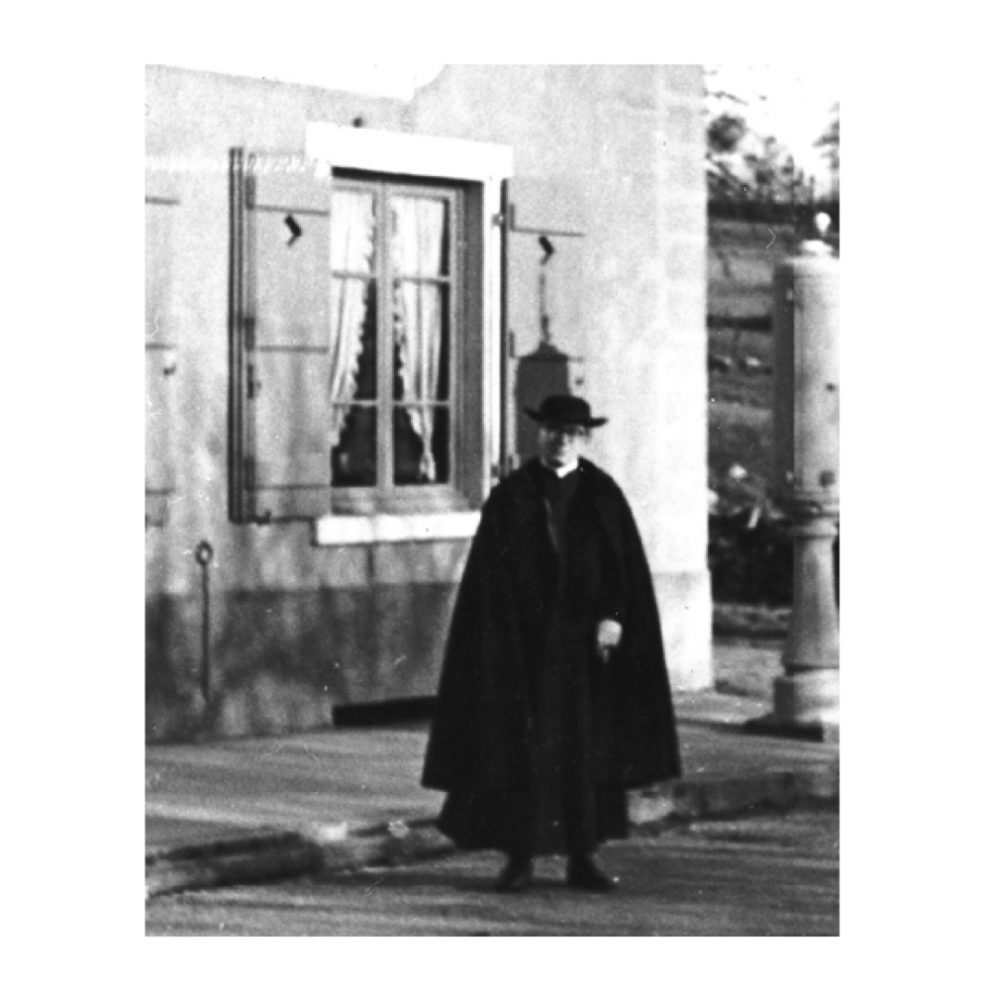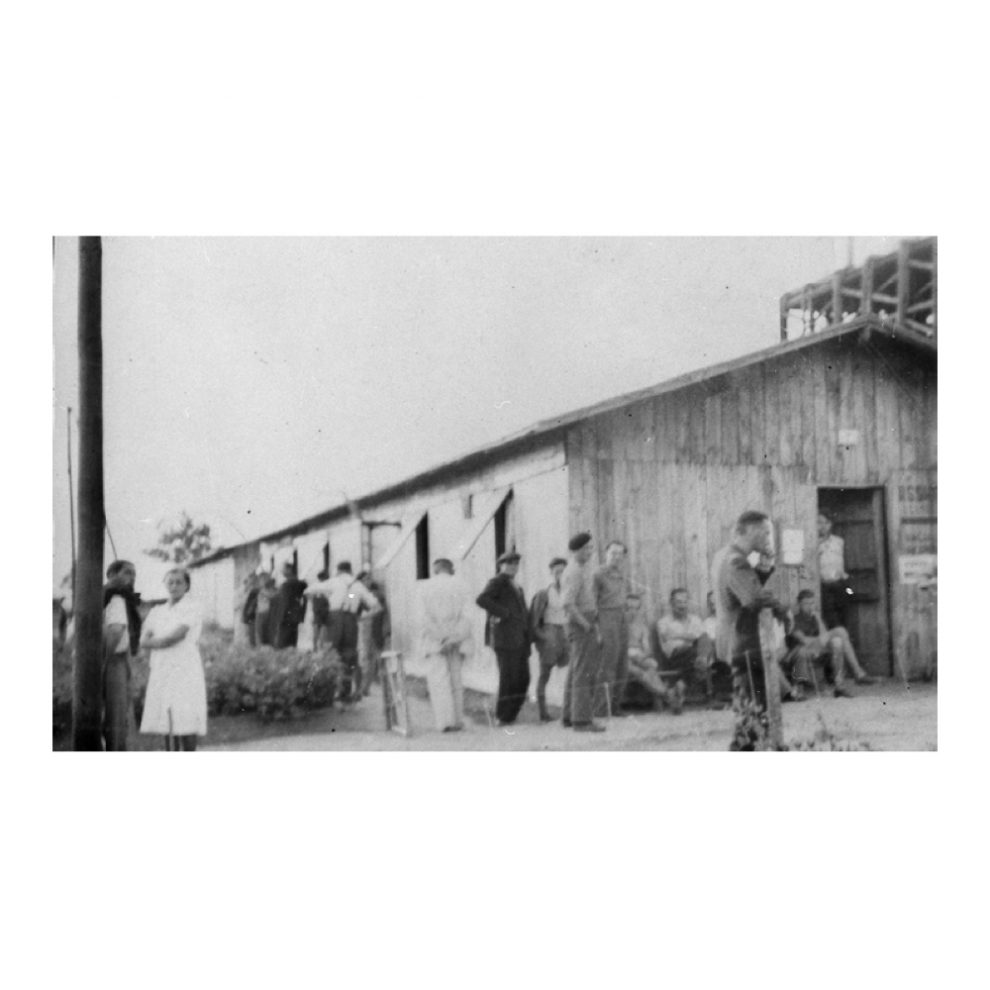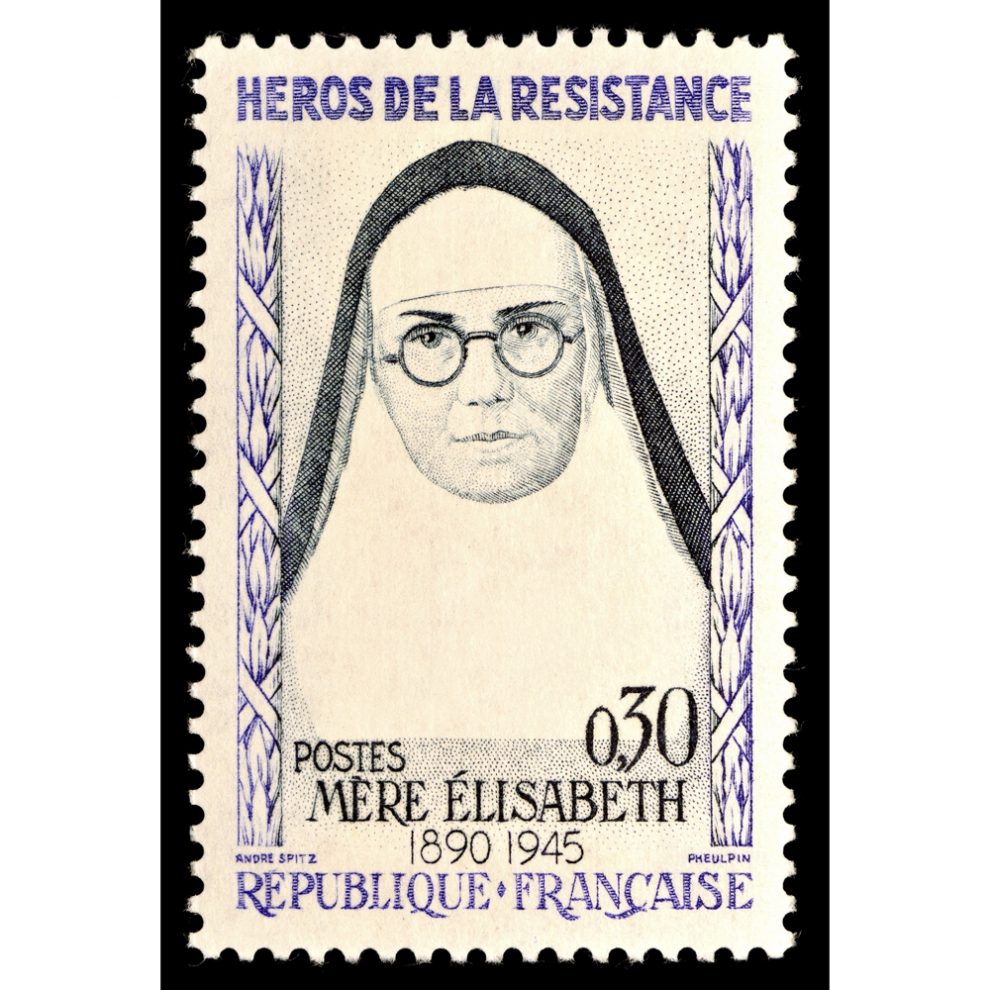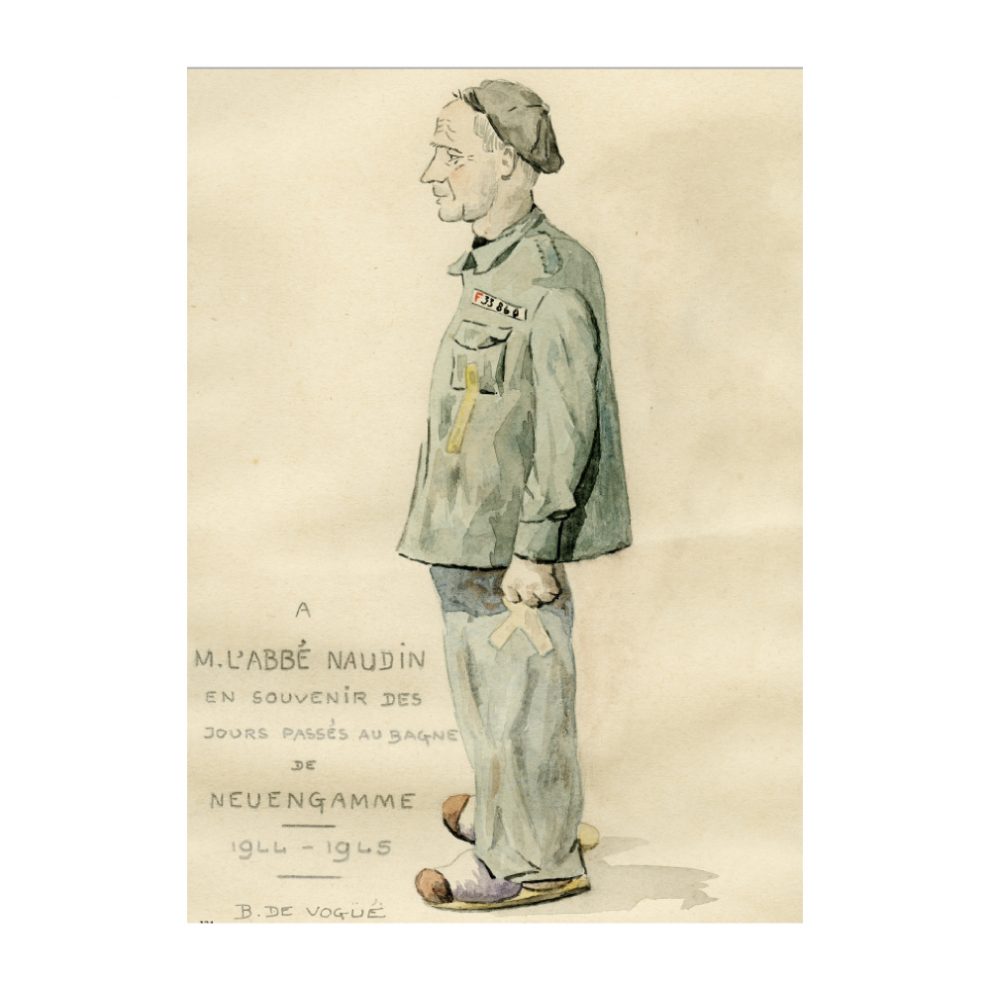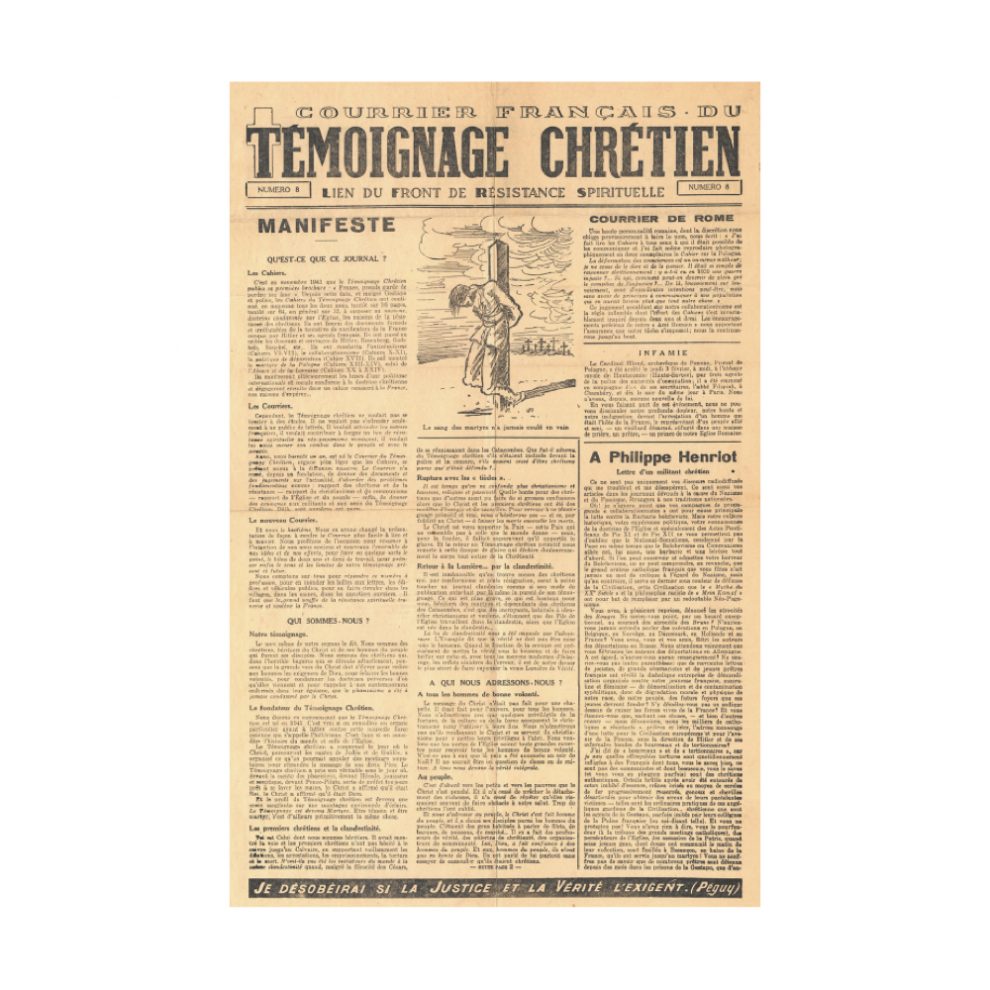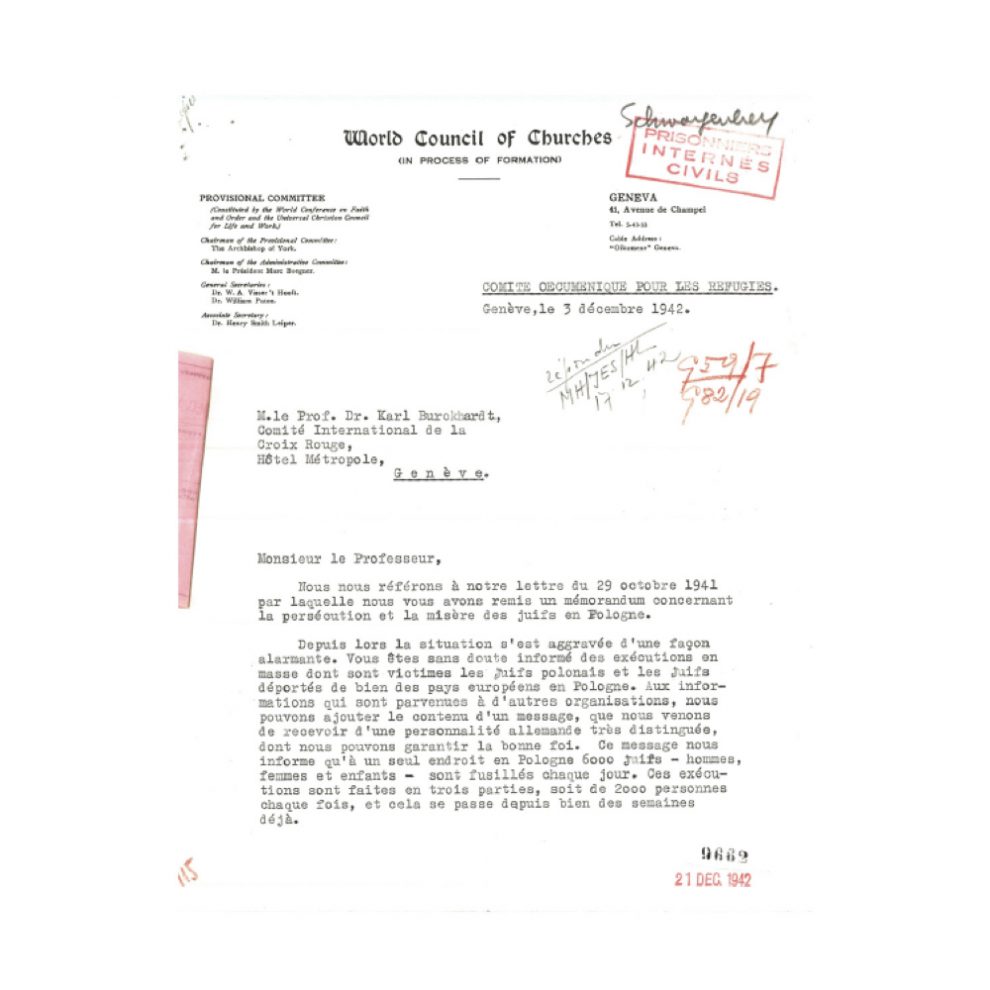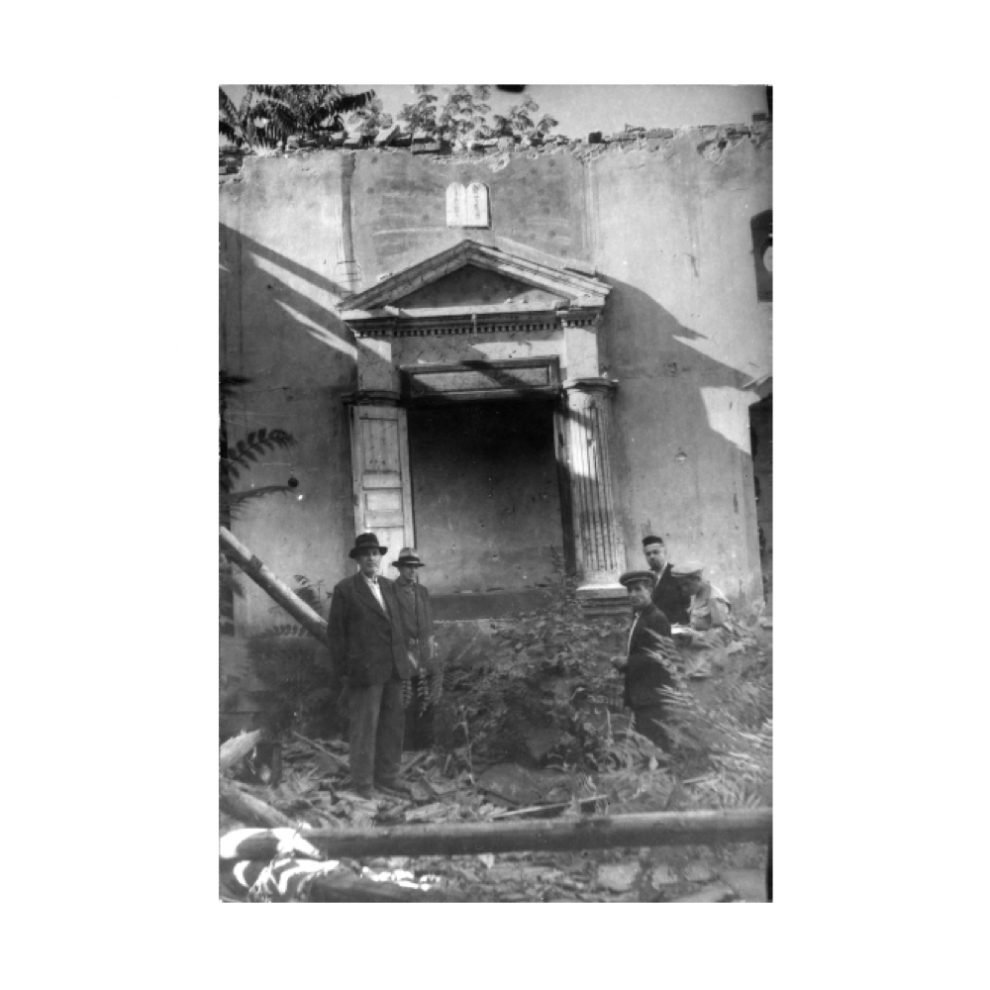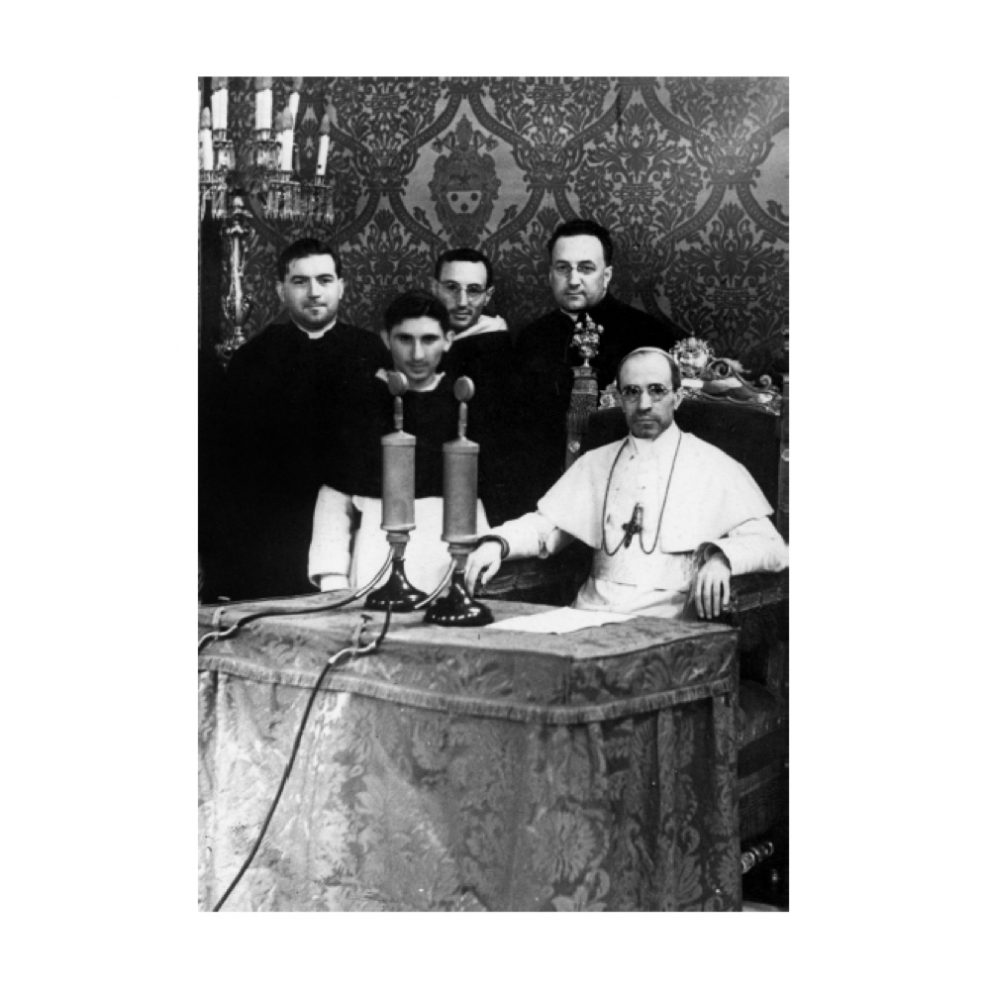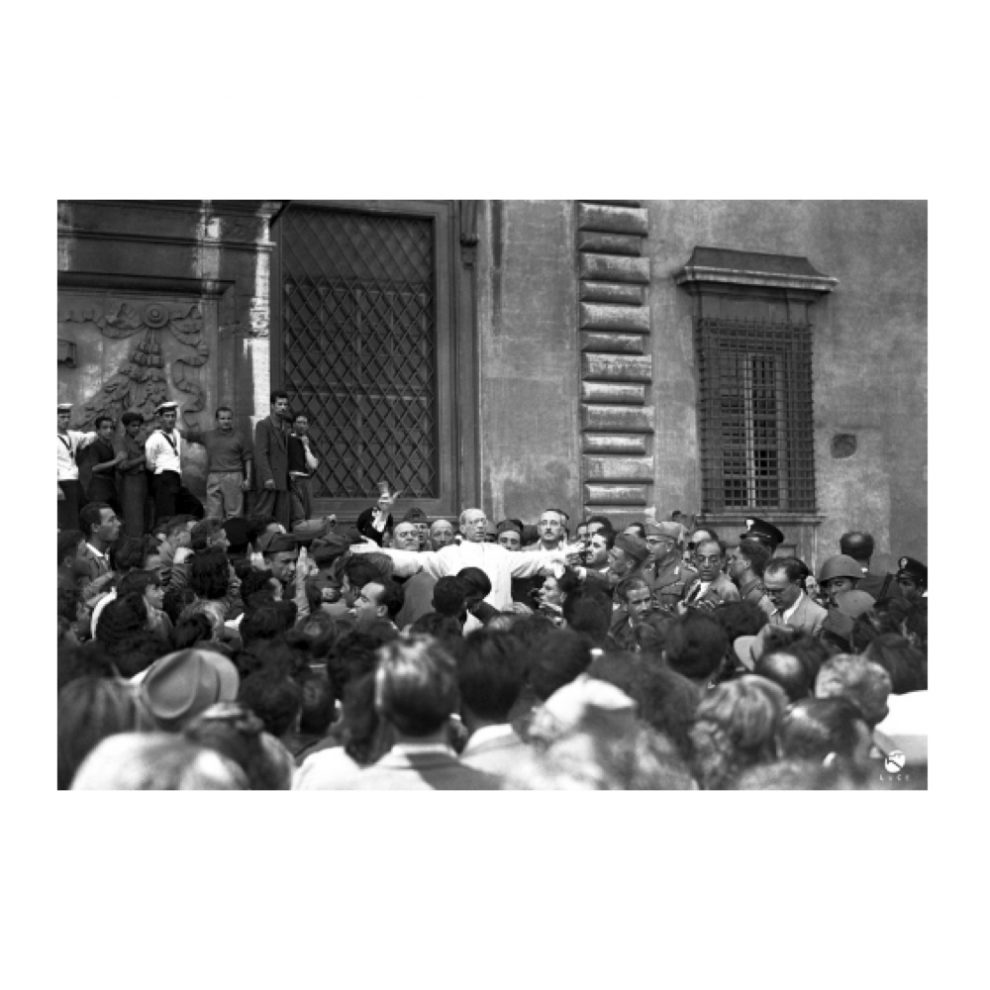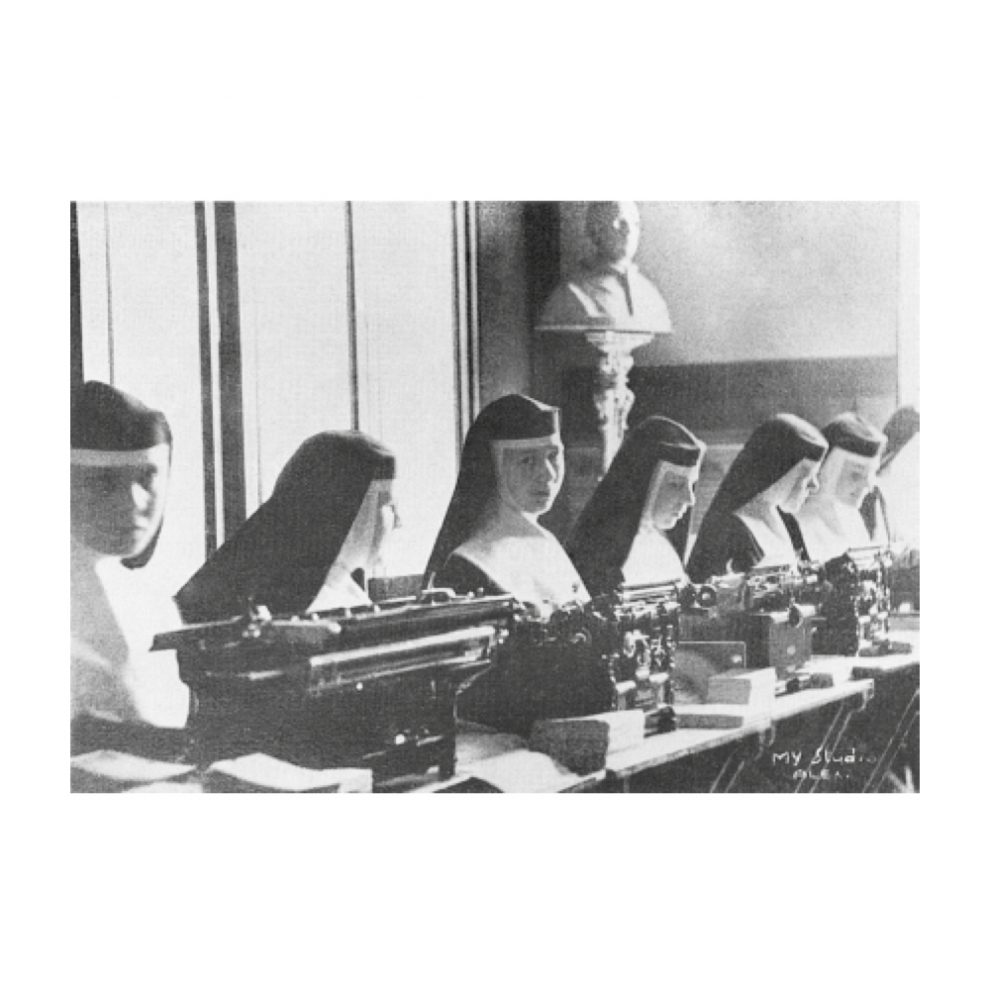
June 17th, 2022 to February 23th, 2023
CHRISTIANS MOBILIZE TO HELP
Mobilized Christians usually belonged to interfaith networks, which brought different Christian denominations as well as Jewish organizations into contact with each other.
Spontaneous or organized, individual or collective, aid took many forms, from forging papers and baptismal certificates to sheltering Jews in private homes, convents and religious schools and helping them escape camps and flee across borders.
Clergy and faithful who helped and rescued Jaws risked arrest, internment and deportation.
THE CROSS VS. THE SWASTIKA
As men of God and as French patriots rejecting the Occupation, some priests and pastors put their faith on the side of the Resistance. At first, their resistance was spiritual. They defended human rights, engaged in acts of solidarity and mutual aid and participated in rescue efforts.
The Germans targeted them as Christians standing up for their beliefs and as members of the Resistance. While Catholic and Protestant leaders were not systematically deported, most of the lower rank priests who resisted were arrested and sent to concentration camps.
Those who were tried and sentenced to death ended up in German prisons, where some were executed. Others were secretly deported with their fellow resistance fighters.
THE CHURCHES’ ACTIONS IN EUROPE
Between the summer and winter of 1942, several sources informed the Allies and neutral countries of the Nazi plan to exterminate the Jews of Europe and about the methods they were using to achieve that goal.
Faced with the allied governments’ reluctance, some religious leaders publicly spoke out against an unprecedented crime. The strongest and swiftest reactions came from international ecumenical networks (mostly Protestant) in Switzerland, the United States and the United Kingdom.
Attempts at interreligious responses undertaken at the beginning of 1943 resulted in a joint Jewish-Christian declaration, but they remained incomplete, notably because of the absence of the Vatican.
THE VATICAN: A DIPLOMACY UNLIKE ANY OTHER
The Vatican, a microstate with limited sovereignty and no army, was often powerless to affect the course of events but did have other levers of influence: charity, public opinion and transnational religious networks.
The Holy See’s reactions to the Holocaust reflected a shifting balance between humanitarian aid and cautious diplomacy.. For the Vatican, the Jews were war victims like any others and outside its ecclesiastical jurisdiction-unless they were baptized.
Other factors also explain the Holy See’s hesitancy: fears of retaliation against the Church, anti-Communism, the desire to maintain diplomatic ties with Germany and persistent anti-Jewish prejudice.
“Father, you have been our Spiritual June 18. It is too little to say that we read you. While you were taking your Témoignage to the bunkers and prisons, the Pharisees of Vichy were perpetrating the worst of lies: with one hand, they were raising the altars, with the other, they were putting out the lights… The day a missionary of the Resistance put your Témoignage in my hands, I felt the same liberating shock as the evening when, on the way to a retreat that seemed to have no end, the voice of General de Gaulle had reached me.”
Maurice Schumann, spokesman for the France Libre à Londres, September 1944.
